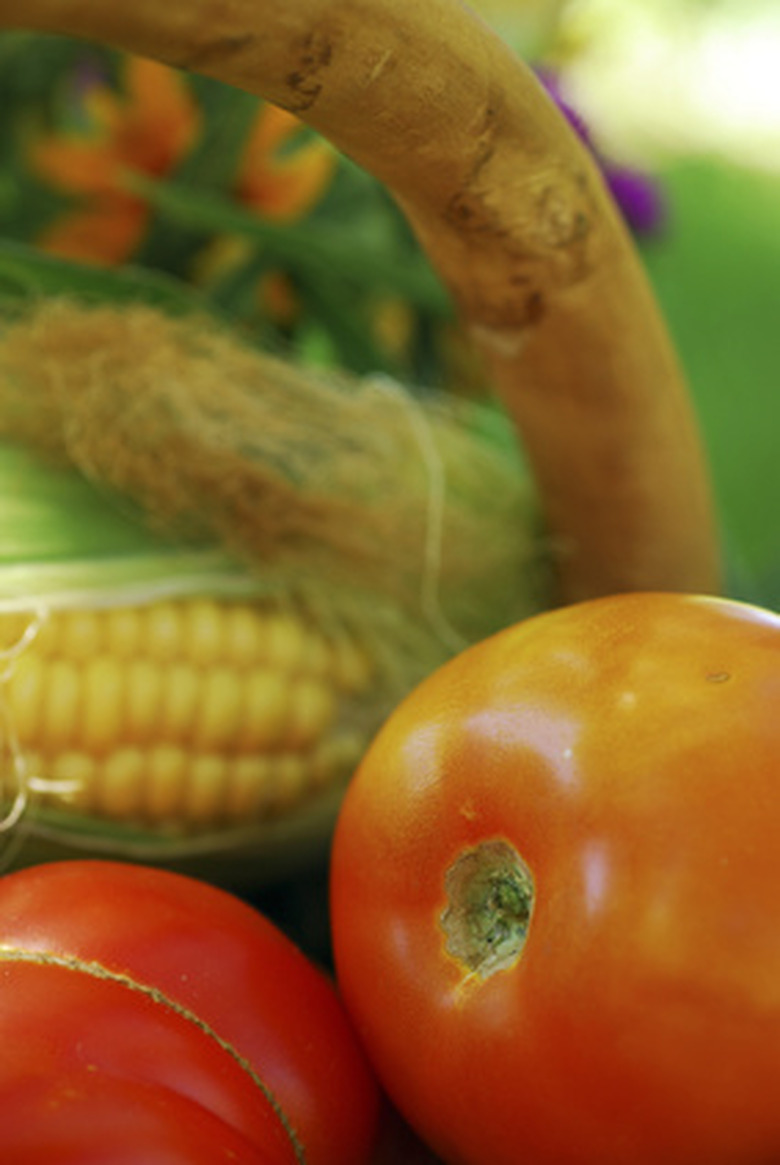When To Plant A Garden In Washington State?
Washington has a climate well-suited to growing lush and prolific gardens. The mountainous terrain and elevation changes mean times for planting in one part of the state may be quite different from those in another location only a short drive away. Planning a successful garden takes a little research to create a workable planting schedule.
Washington has a climate well-suited to growing lush and prolific gardens. The mountainous terrain and elevation changes mean times for planting in one part of the state may be quite different from those in another location only a short drive away. Planning a successful garden takes a little research to create a workable planting schedule.
Know Your Zone
The Pacific Northwest is identified as growing region 2 by the USDA. Washington State covers growing zones 4 to 9, and each zone has subzones that will shift planting times by days or even weeks. Higher elevations, of course, have even cooler climates and shorter growing seasons. Pay attention to the USDA recommendations for your zone found on either the National Arboretum, the Washington State Nursery and Landscaping Association, or the University of Washington Extension Service websites. Or visit your local Agricultural Extension Service office, where staff can help you identify the specific zone in which your garden plot is found.
- Washington has a climate well-suited to growing lush and prolific gardens.
- Pay attention to the USDA recommendations for your zone found on either the National Arboretum, the Washington State Nursery and Landscaping Association, or the University of Washington Extension Service websites.
Frost Dates
Region 2 gardeners face a relatively late growing season from roughly May 31 to Aug. 31. In Washington, lower altitude and coastal areas may have last frost as early as April 6 and as late as early November. Frost can be a problem for fruits and vegetables that take longer to mature. Check with your local extension service, which will have the late frost records for your specific location to help you know when to safely plant. In Washington, it's a good idea to plant varieties that mature more quickly.
Stretching the Season
Some cool weather plants like English peas can tolerate being planted as early as March, but warmer weather veggies like tomatoes, peppers, corn, beans, squash, cucumbers and basil have to wait till June when all danger of frost has passed. Cold weather crops like kale, mustard, broccoli and cabbage can handle the frost and grow well in the autumn and early winter. Seed packets will have suggested planting dates for all the various planting zones. Match your USDA plant hardiness zone with the suggested planting time for that particular seed in that zone. Covering your plants with a plastic cloche can allow you to get your plants in the ground a week or two early and help warm them so they grow better and set fruit or produce earlier. A cloche is a 3 mil plastic tent laid over a row of wickets that cover your rows – in effect, a sort of mini-greenhouse. The cloche can also extend the harvest by helping plants survive early light frosts.
- Region 2 gardeners face a relatively late growing season from roughly May 31 to Aug. 31.
- Cold weather crops like kale, mustard, broccoli and cabbage can handle the frost and grow well in the autumn and early winter.
Moisture
Depending on the variety of seed you are planting, you may have to let your planting wait till the soil dries out after the rainy part of the spring. Washington gardens are often thoroughly soaked in February, March and April. The wet ground can rot seedlings before they can become established, ruining the crop. A well-drained garden plot helps you get an early start on spring planting.
Farmer's Almanac
The venerable "Farmer's Almanac" has published continuously for a century and is filled with a treasure trove of gardening and farming information including planting times and growing seasons. The Almanac records and updates information about when to plant from year to year.
